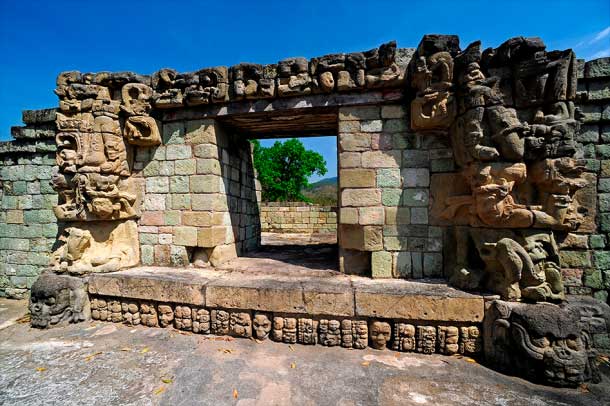Many Maya structures over 1,000 years old have demonstrated an astonishing durability, with their plaster surfaces rarely peeling, leaving scientists puzzled for years.
A recent study published in Science Advances has decoded the “magic” that has preserved these ancient Maya edifices: A special plaster formula.
While modern plaster used in construction can begin to peel within just a few years or decades, the plaster on the exteriors of Maya buildings, despite being weathered, remains eerily fresh and beautiful.

A plaster wall in Honduras retains its beautiful surface after a thousand years of abandonment and destruction – (Photo: ANCIENT ORIGINS)
According to Ancient Origins, the study indicates that around 1100 BCE, the Maya in Central America discovered the secret to a superior plaster formula, after 9,000 years of human invention and use of plaster materials.
A team of scientists from the University of Granada in Spain analyzed lime plaster samples collected from the archaeological site of Copan, a Maya site located in western Honduras.
These samples date back to between 540 and 850 CE, during the peak of Maya civilization.
Using advanced technologies, including X-ray diffraction and polarized light microscopy, they examined the deep crystalline structure of the ancient plaster and sought to recreate it.
A formula that incorporated tree resin into fresh lime plaster resulted in a similar crystalline structure.
The resin-infused plaster proved to be tough, flexible, and exceptionally weather-resistant, allowing it to endure for over 1,200 years while remaining intact.
They believe that they have finally solved the mystery of the world’s most durable plaster.


















































